I’ve been using the Dell XPS 13 for a little over a month, and it’s one of those laptops that turns heads without even trying. The design is clean, minimal, and instantly premium – the kind that feels just as good as it looks. The 13-inch form factor makes it easy to carry around, and more importantly, your back won’t complain after a day of commuting.
The variant I’ve been testing packs Intel’s Core Ultra 7 258V and is priced at around ₹2.07 lakh, placing it firmly in premium ultrabook territory. Interestingly, this is also part of Dell’s last batch under the legacy XPS naming, since the brand has now moved on to a different (and confusing) naming scheme. As for this one, it gets most things right, but still skips a few basics you’d expect at this price. Let’s check them in my review.

- Premium build and design
- Easy to carry, compact form factor
- Excellent real-world performance
- OLED display looks great
- Decent battery life for its size
- Dedicated NPU for AI workloads

- Only 60 Hz refresh rate
- Battery size is on the smaller side
- Minimal port selection
- Better alternatives available
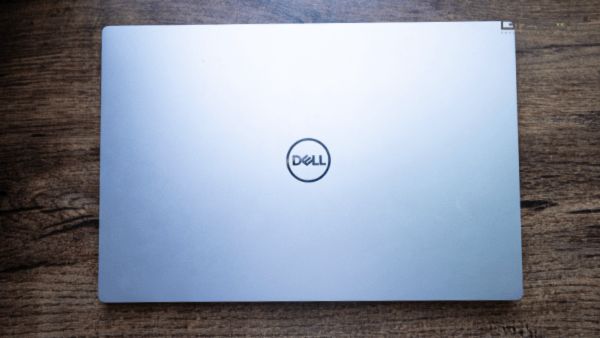
Design and Build Quality
The Dell XPS 13 feels extremely premium in terms of build. The silver finish looks subtle and classy, and the lid only carries the Dell logo. It doesn’t attract fingerprints, which is nice, but it can pick up a bit of dirt from your bag over time. That said, even after a month of use and a fair bit of rough handling, there aren’t any scratches or marks on the body, which says a lot about the durability.
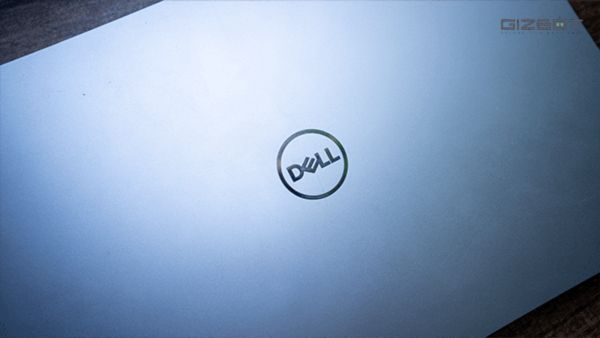
The laptop has a bit of heft to it, but it feels solid and well-balanced. You can lift the lid with one hand without the base moving, which is always great. In terms of ports, it’s a bit disappointing. Dell had to cut back on the number of ports due to the slim form factor, so you only get one USB-C port on each side. Either one can be used for charging, and both support Thunderbolt 4 and display output. A couple more ports would’ve made life easier, especially USB-A ports for a mouse, but I guess that would have come at the cost of a slightly thicker form factor.
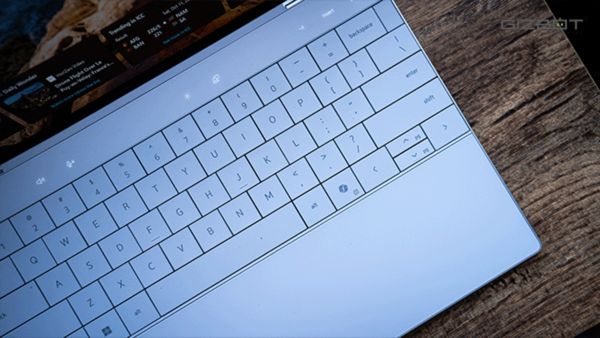
Keyboard and Trackpad
The XPS 13 takes a different approach with its keyboard and trackpad design. It’s a frameless layout, so the keys stretch right to the edges of the chassis, and the trackpad also blends in without any borders that you would naturally see on other laptops.
You also get a touch-based function row – something the XPS lineup has stuck with for a few years now. I know a lot of people aren’t too fond of it, but I actually love how it looks and works. That said, the function row has lights under it, which dim after a certain period of time. This can be a problem if you are sitting in a very bright room or outdoors.
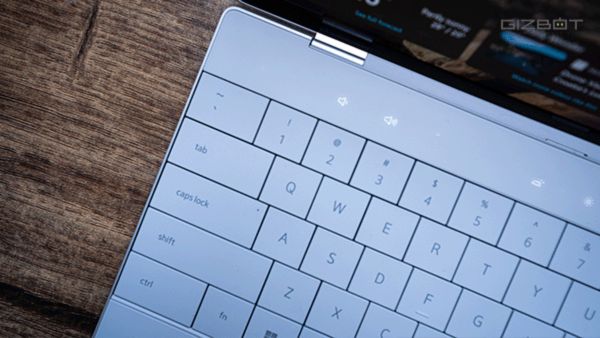
The keys themselves feel like little tiles spread across the base, and in my opinion, this is one of the best-looking keyboards on any ultrabook. The power button sits in the same frame and doubles up as a fingerprint sensor. That said, it’s white-ish in colour, so I would suggest keeping chai or wafers gobbling fingers away from it.
The only problem with the frameless layout is that there isn’t much room to rest your palms while typing. It takes a bit of time to get used to, especially if you’re switching from a more traditional keyboard. That said, the overall typing experience is solid – the spacing is comfortable, so you don’t end up mistyping much. The trackpad is big, responsive, and smooth to use. Scrolling feels natural, and it handles gestures effortlessly.
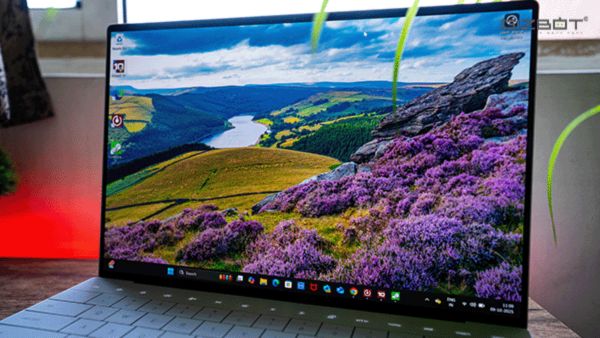
Display
The XPS 13 features a 13.4-inch 3K OLED touch display with fairly slim bezels, except at the top where the webcam sits. The panel itself looks stunning for almost everything – watching movies, binging shows like Severance, or even casual browsing. The colours are punchy, the blacks are deep, and the overall colour tuning is done nicely without going overboard with the saturation.
Since it’s a touch panel, it fits perfectly into my workflow – especially when I’m scrolling through review sheets or jumping between tabs (don’t ask, it just feels faster). The good part is that it doesn’t really pick up fingerprints, so I’m guessing Dell’s used some kind of oleophobic coating here. Brightness peaks at around 400 nits, which is good enough for most scenarios, even if you’re working by a window or on a balcony. Just make sure the sun isn’t directly hitting the screen, or you’ll barely see a thing.
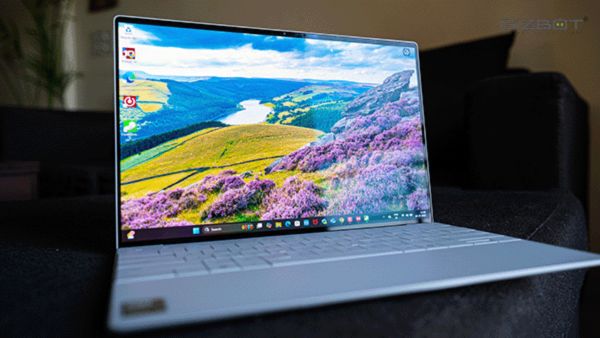
The one real letdown is the 60Hz refresh rate. For a laptop that costs north of ₹2 lakh, it feels like a missed opportunity. Sure, no one’s buying an XPS to game on, but higher refresh rate panels make even basic interactions like scrolling, swiping, and navigating through UI feel smoother. And since most smartphones now ship with 120Hz screens, jumping between your phone and this display does feel a bit jarring.
Performance
The XPS 13 I’ve been testing is powered by Intel’s Core Ultra 7 258V, part of the Series 2 lineup based on the new Lunar Lake architecture. It’s an 8-core chip with 4 performance cores and 4 low-power efficiency cores, running at a max turbo frequency of 4.8GHz and a TDP of 37W.
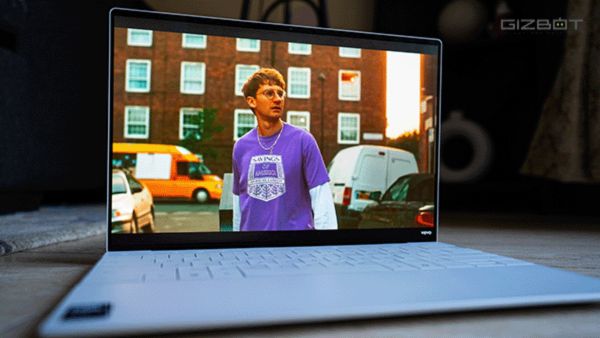
There’s also a slightly cheaper variant with the Core Ultra 7 256V, but that one comes with less RAM and storage. The model I have here packs 32GB of LPDDR5X memory running at 8533MT/s, which is built right into the SoC, so there’s no room for upgrades later. You also get a 1TB M.2 NVMe SSD for storage.
In daily use, the XPS 13 runs smooth as butter. Keeping 12-15 Chrome tabs open while juggling Excel and Word in the background was never a problem. It handles multitasking with ease, and even when you push it a bit, there’s no lag or stutter.
Geekbench 6 |
||
|---|---|---|
| Laptop | Single Core | Multi Core |
| Dell XPS 13 | 2731 | 10751 |
| Asus Zenbook S14 OLED | 2537 | 10627 |
| HP Omnibook Ultra | 2650 | 11192 |
Geekbench 6 – though here, the HP Omnibook Ultra with the same chip edges it out slightly.
Cinebench 2024 |
||
|---|---|---|
| Laptop | Single Core | Multi Core |
| Dell XPS 13 | 115 | 483 |
| Asus Zenbook S14 OLED | 111 | 463 |
| HP Omnibook Ultra | 123 | 512 |
It’s the same trend in Cinebench 2024 as well – the XPS 13 beats the Zenbook S14 OLED but falls just behind the Omnibook Ultra. However, in PCMark 10, it flips the script with a score of 6960, topping both. Honestly, though, these differences are minor. Since all of them use the same CPU package, you won’t feel any real-world difference in day-to-day tasks.
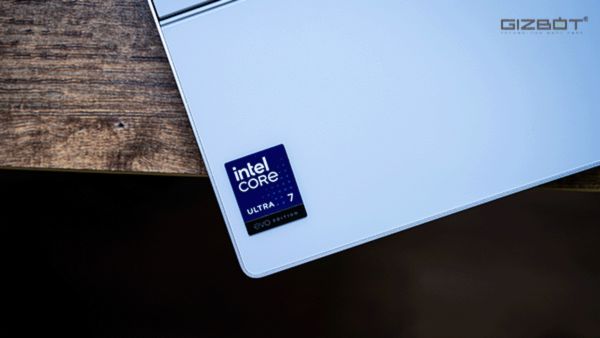
The SSD here is seriously quick too – with read speeds of 6184 MB/s and write speeds of 5387 MB/s. On the graphics side, the Intel Arc 140V iGPU scored 29,640 in Geekbench 6 GPU (OpenCL), again ahead of the Zenbook and Omnibook. It’s capable enough to run Counter-Strike 2 on lower settings at a little over 40fps, with the occasional dip. It’s playable, but just about. Gaming isn’t really what this machine is meant for anyway. This one’s built for productivity, and in that department, it does its job really well.
CrystalDiskMark |
||
|---|---|---|
| Laptop | Seq Read | Seq Write |
| Dell XPS 13 | 6184MB/s | 5387MB/s |
| Asus Zenbook S14 OLED | 5006MB/s | 3616MB/s |
| HP Omnibook Ultra | 6564MB/s | 4907MB/s |
While I’m still figuring out a practical real-world use case for the dedicated NPU inside the Core Ultra 7 258V, I did run a few AI-focused benchmarks just to see what it’s capable of. In Stable Diffusion INT8, which tests AI image generation performance, it scored 3352 points, and in the AI Computer Vision benchmark, it managed 1030 points.
Geekbench 6 GPU |
|
|---|---|
| Laptop | Score |
| Dell XPS 13 | 29640 |
| Asus Zenbook S14 OLED | 28894 |
| HP Omnibook Ultra | 29102 |
Right now, there isn’t a whole lot you can do with the NPU on a daily basis. Most of the AI features on Windows still rely more on the CPU or GPU, and support for dedicated NPUs is only just starting to grow. But there’s another way to look at it – this laptop is built for what’s coming next. As more AI-driven tools and Copilot features start taking shape, the XPS 13 is already ready for that shift.
Battery
Intel’s main pitch with the Core Ultra Series 2 lineup is better efficiency, which should ideally mean better battery life. That’s true in most cases, but the XPS 13 starts off with a bit of a disadvantage – it packs a smaller 55Wh battery compared to some of its rivals. So, from a hardware standpoint, it’s already playing catch-up.
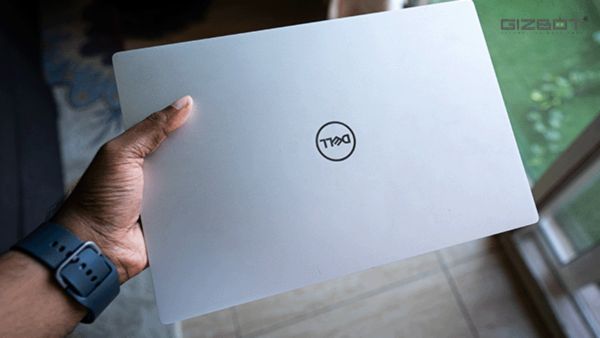
That said, it still manages to hold its own in everyday use. My workload mostly involves Google Chrome and our in-house CMS, and it comfortably gets through a full workday without needing a top-up. In the PCMark battery test, it lasted 11 hours and 56 minutes, which is slightly lower than what we saw on both the Zenbook S14 OLED and the Omnibook Ultra.
For charging, Dell bundles a 60W USB-C adapter in the box, and you can also use any PD charger with a higher wattage rating if you already have one lying around. It’s convenient, especially if you’re trying to travel light with a single charger for all your devices.
Verdict
The XPS 13 does everything you’d expect from a premium laptop of its stature – and it does it while looking effortlessly good. The design is sleek, the build feels solid, and it’s easily one of the best-looking ultrabooks out there. Performance is strong too, and in daily use, you won’t run into any stutters or slowdowns, even with multiple apps, folders, or tabs open. The display is great for movies, streaming, and day-to-day work, though the 60Hz refresh rate does feel limiting, especially at this price.
Battery life is a bit on the lower side, but if your workflow is similar to mine – mostly Chrome, documents, and light multitasking – you’ll still get through the day comfortably. That said, at over ₹2 lakh, the XPS 13 is an expensive laptop, and that makes it a tough one to recommend outright. You’d be better off saving some money and picking the Zenbook S14 OLED, which offers the same specs with a Core Ultra 7 258V at its heart, a smoother 120Hz display, and a bigger battery – all at a more economical price.
Still, if you prefer Dell’s build quality and design language, the Core Ultra 7 256V variant of the XPS 13 might make more sense. You’ll lose out a bit on RAM and storage, but performance won’t be drastically different – and it might just hit the sweet spot for most users.
Best Mobiles in India










































